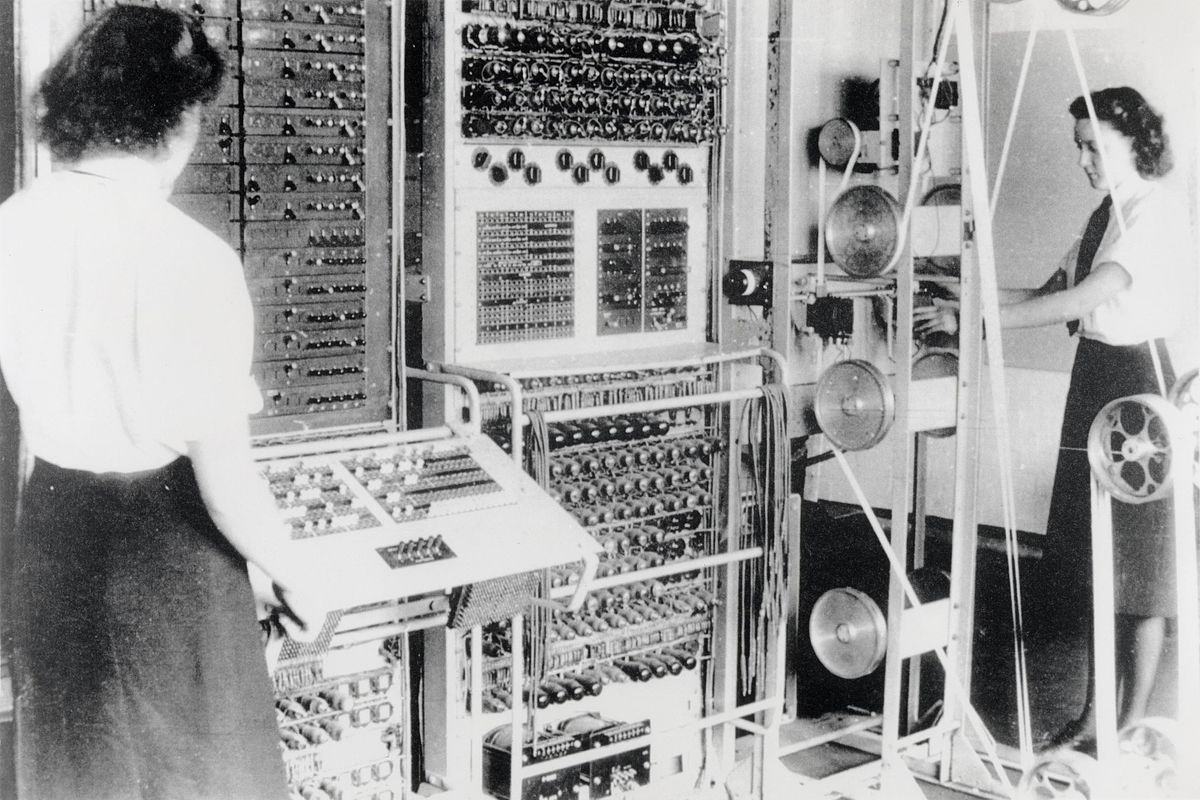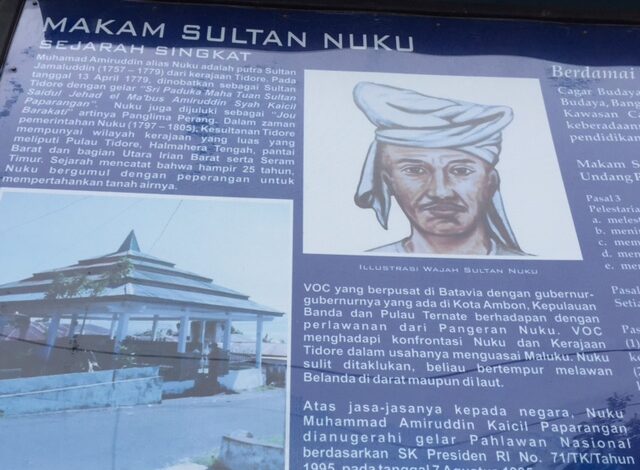
Tommy Flowers: WWII German Code Cracking
Tommy Flowers and Colossus are Crucial to Normandy
The Colossus decryption machine, developed by Tommy Flowers and a team of mathematicians, scientists, and cryptographers at Bletchley Park, England, to break the German Lorenz SZ40/42 machine, was crucial to the Normandy landings.
Flowers was only officially recognised for his wartime efforts in 1977, behind Alan Turing, Alastair Denniston, and Alfred Dilwyn Knox. His involvement and genius were not addressed in “The Imitation Game” (2014).
Decoding Hub: Bletchley Park
World War II intelligence was held at Bletchley Park in Buckinghamshire, England.
In 1939, the Government Code and Cypher School (GCCS) took over Bletchley Park, a magnificent residence for British government guests. It became a technical hub with thousands of people trying to break German codes.
Mathematicians, physicists, and technicians worked hard to create technologies to break German Enigma codes.
Bletchley Park produced Bombe, a code-breaker. A Bombe machine couldn’t decipher the whole German Enigma code. Technology needed to be faster and more advanced.
Bletchley Park hired University of London electrical engineering graduate Tommy Flowers on the recommendation of senior scientist Alan Turing. He examined the code-breaking machine’s problems.
In February 1943, he met Max Newman, who was building a machine to break the latest and most complex German Lorenz machine. Flowers have to conquer this unusual hurdle.
Flowers spent ten months studying Newman’s blueprint and built Colossus Mark I, the first electronic code-breaking machine, on December 8, 1943, after various suggestions were rejected by the team. Only on February 5, 1944, did it fully operate.
Colossus accelerated code-breaking at Bletchley Park and gave the Allies vital intelligence. Colossus also founded modern computer technology.
After World War II, Bletchley Park was shuttered and its actions were kept secret by the British government. The WWII code-breaking museum at Bletchley Park is a major tourist attraction.
Cracking the Lorenz Cypher: Tommy Flowers’ Innovation
Lorenz was more complicated than Enigma and required a separate deciphering method. Enigma prevented self-encoding, allowing rotor position removal.
“Enigma encoded German radio signals with irregular letters. In his book “Operation Fortitude: Deceiving Germany in Normandy” (2011:6), Darma Aji said Enigma translated these letters into understandable language to the receiver.
Tommy Flowers used “traffic analysis.” to decipher the Lorenz machine. He used this to Colossus by analysing Lorenz machine code flow patterns and structures. The goal was to detect flaws and repeating patterns that could identify encryption key settings.
Additionally, Colossus decrypted German radio communication codes. This deciphering equipment helped the Allies win the Normandy battles.
Flowers joined Alan Turing’s Bletchley Park team early in World War II. Flowers realised the Lorenz machine was hard to read manually.
He sought techniques to create a faster, more powerful code-breaker. After creating Colossus, the Dollis Hill Post Office Director encouraged him to build more machines.
Flowers then commanded 20 cryptanalysts, six engineers, and 273 WRNS to build and operate ten new Colossus devices.
Colossus processed data far faster than prior machines. It deciphered German Enigma and Lorenz codes faster and more accurately than Bombe. With great reliability, the machine scanned 5000 characters per minute.
Colossus helped the Allies crack key German codes during the war. Encrypting secret Allied headquarters messages was also possible. So, Colossus broke German codes and secured Allies’ secrets from enemy attacks.
Flowers’ use of vacuum tubes to speed up data processing has inspired modern computer technology. And then, Massive Mark With his crew, I constructed 1600 vacuum tubes or valves.
They built Colossus Mark II a few days before D-Day in June 1944. Thanks to its 2400 valves, this second computer could decrypt the Lorenz code and reveal German military commanders’ conversations, including Hitler.
Slow Acceptance
Flowers rejoined the British Post Office after WWII. While Colossus destroyed, its secret remained hidden for decades.
He developed the MOSAIC computer in 1947 and ERNIE in 1957 while working on electronic telecommunications. And then, the British government-supported Premium Bond lottery utilises ERNIE’s random numbers.
For years, he never mentioned his essential part in inventing Colossus.
The secret of Colossus was revealed in the 1970s, and Flowers became a major character in contemporary computer history. He received an honorary degree from Newcastle University in 1977.
Flowers got an honorary degree from Surrey University in 1983 for his computer technology accomplishments.
Furthermore, British Telecom dedicated a Tommy Flowers memorial statue in 2013 and founded the Tommy Flowers Institute for ICT training and research in 2016.
Finally, Tommy Flowers, 92, died at home in London in 1998.

